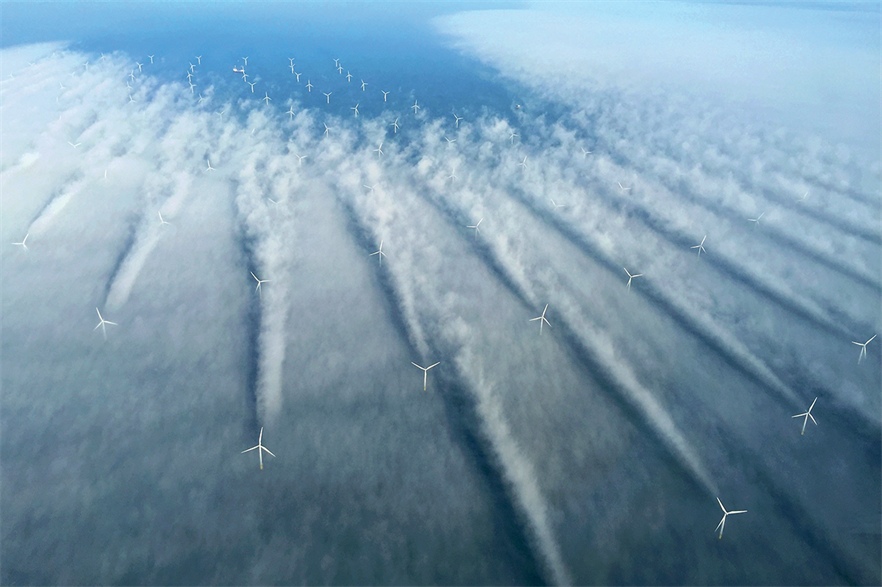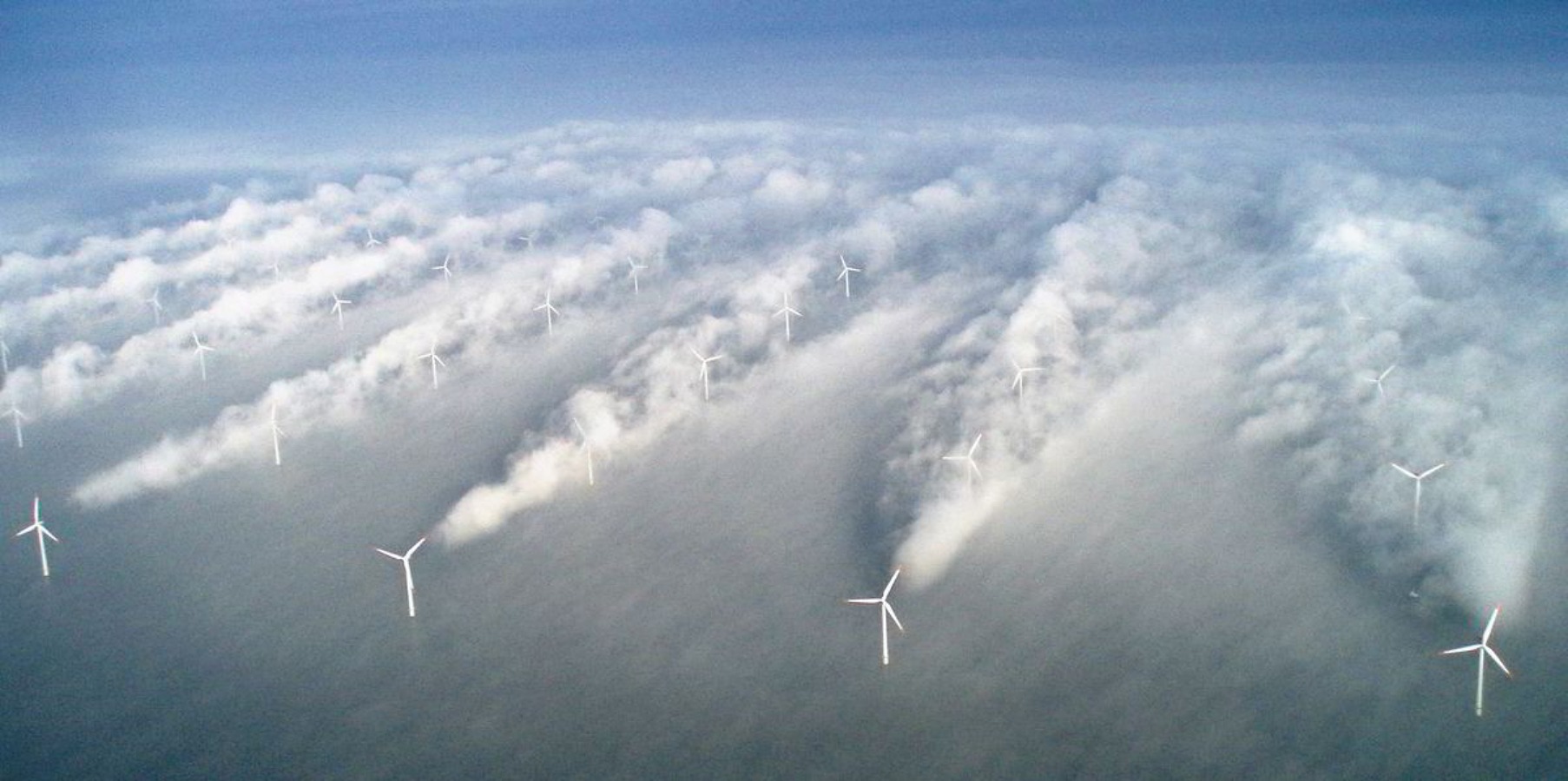The Harvard Gazette reports that wind farms actually cause warming — the very thing they’re being built to apparently counter.1 Moreover, the way they alter wind currents means that wind farms need to take up huge tracts of land in order to generate enough energy.
“In two papers — published in the journals Environmental Research Letters and Joule — Harvard University researchers find that the transition to wind or solar power in the U.S. would require five to 20 times more land than previously thought, and, if such large-scale wind farms were built, would warm average surface temperatures over the continental U.S. by 0.24 degrees Celsius,” said the Gazette. 2
To estimate the impacts of wind power, David Keith, the Gordon McKay Professor of Applied Physics at the Harvard John A. Paulson School of Engineering and Applied Sciences (SEAS) and postdoctoral fellow, Lee Miller, used computer modelling. They established a baseline for the 2012‒2014 U.S. climate using a standard weather-forecasting model. Then, they covered one-third of the continental U.S. with enough wind turbines to meet present-day U.S. electricity demand. The researchers found this scenario would warm the surface temperature of the continental U.S. by 0.24 degrees Celsius, with the largest changes occurring at night when surface temperatures increased by up to 1.5 degrees. This warming is the result of wind turbines actively mixing the atmosphere near the ground and aloft while simultaneously extracting from the atmosphere’s motion.
“The fact that wind energy companies have dreams at night of covering the entire continent with wind turbines — and so-called “green” governments seem all too eager to accommodate this transition — it is more than ironic that wind energy will actually contribute to so-called ‘global warming’,” says Wind Concerns Editor in Chief, Mark Mallett. “More and more scientists and climate experts are examining the data and beginning to reject the theory of significant anthropogenic warming. 1 On the other hand, this new study shows that wind farms have an ‘instant’ warming effect.”
The reason that wind farms need far more land than previously thought is because wind turbines create what is called a “wind shadow” or “wake effect” — turbulence that slows the air down after passing through the blades.

Today’s commercial-scale wind farms space turbines to reduce the impact of these wind shadows, but given the expectation that wind farms will continue to expand as demand for wind-derived electricity increases, interactions and associated climatic impacts cannot be avoided, says the researchers.
For wind, we found that the average power density — meaning the rate of energy generation divided by the encompassing area of the wind plant — was up to 100 times lower than estimates by some leading energy experts. Most of these estimates failed to consider the turbine-atmosphere interaction.
Lee Miller, The Harvard Gazette, October 4, 2018
Notably, and perhaps not unsurprisingly, the observation-based wind power densities are also much lower than important estimates from the U.S. Department of Energy and the Intergovernmental Panel on Climate Change. “Faulty climate modelling that fails to take into consideration all factors (or has purposely omitted them, as we have discovered) is perhaps at the heart of the ‘global warming’ narrative,” says Mallett. “Once again, we find governments, regulators, and money-hunger municipalities forging ahead with what amounts to an incredibly destructive energy alternative — from the amount of land and destruction to the environment involved, to its serious health impacts on humans and animals, to massive drops in property values in some places, to the rise of electricity costs to consumers… it is clear that the decision makers behind wind farms are not basing their reasoning in sound science or even common sense, but in a ‘green’ ideology that seeks to supplant traditional energy sources at any cost. And those costs are becoming huge.”
- cf. Hot Air — Behind the Wind[↩][↩]
- cf. “The down side to wind power”, October 4, 2018[↩]
Wind Concerns is a collaboration of citizens of the Lakeland Alberta region against proposed wind turbine projects.



Yes! Thank you! Some sanity, regarding this subject, at last!!!
Links to calculation datasheets at bottom in citations.
https://docs.google.com/document/d/e/2PACX-1vReMdzufZogUdRFBN_WYzVq0kMK88xRH2anD0LQkG1WXs57hmhNJ_ZfquLbeaDrxtpC5o_BfMrY_SOl/pub
Using U.S. government agency statistics:
[4096 TW] U.S. Electrical Consumption (2022)
Wind
[434.8] TW Wind Generation (2022)
10.6152 % of Electrical use
May include Fossil fuel to Electrical
Does NOT include, Hydro, Nuclear, Geothermal, solar,wind
[79.05 quadrillion BTU] fossil fuel use (2022)
79,050,000,000,000,000 BTU
79,050,000,000,000,000 BTU converted to TWh =
23,167.2681 TWh
Wind produces 1.8768 % of U.S. Fossil fuel usage
Electrical & Fossil Fuel combined
1.5948 % ~ 1.6776% of a 100% Green U.S. society 🤣
59.61 Times more wind turbines needed. [ 3,397,770 turbines ]
However our fleet of 57,000+ turbines are now are aging out.
Maintaining that 1.6776% of a 100% is now the goal.
Either Misinformation by Government and Wind farm owners exaggerate more (by requirement) or the these old turbines have found a way to produce more, compared to last years Stats.